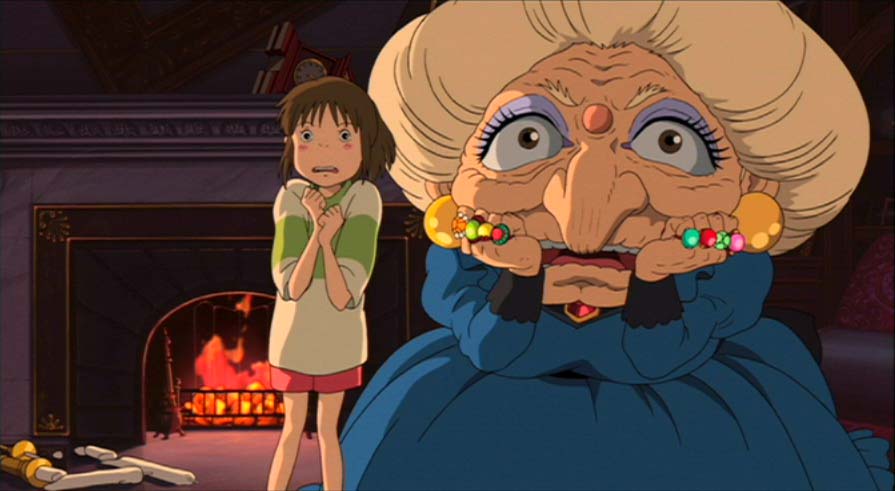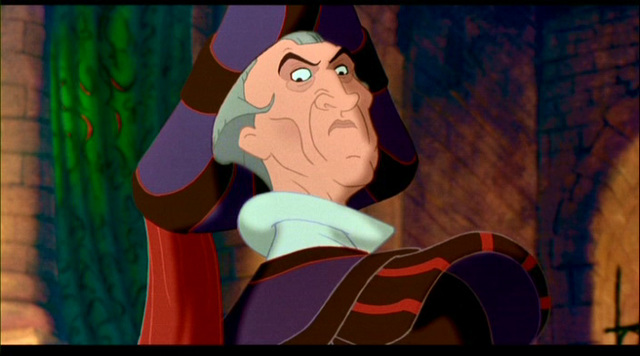http://www.youtube.com/watch?v=_vVrR3BJIUo&feature=related
In The Assassination of Jesse James by the Coward Robert Ford, the theme of the movie is very dependent on who is watching the movie and what they interpret from it. When I watch it, I reason that the theme is that the pressure put on manhood and idolizing those we call heroes to the point where we are obsessed can result in disastrous consequences. This scene exemlephines the theme because it is the scene in which Robert Ford assassinates Jesse James. The act itself may be considered a heroic action. Jesse James, who was a murderer and a thief, was finally assassinated. Most would say the killer should be awarded for such a heroic action. This was not the case however. Robert Ford was the guest of Jesse James in his own house and he was shot in the back of the head, one of the most cowardly ways to kill. The theme may seem active at first, but as you watch the movie, you realize theres more to it than a hero killing a villain because the villain didn't turn out to be as amazing as the hero thought he was.
I personally think this is a tremendous scene. In this scene, you can see just how terrified Robert Ford is. Furthermore, one could argue that Jesse James knows he is about accept is fate and that he is actually hoping that Robert Ford will end it all for him. Regardless, the director uses lines, shapes, space, rhythm and movement to set up this beautiful scene. When Jesse's daughter is sitting in the front lawn, the shot puts her between two fences. Your eyes automatically follow the fence to her. Again when the camera sees Jesse standing in the window, the lines of the panel contrast against him. When Robert's brother stands in the door frame, the lines on the door do tend to point at him. The shapes of the characters are also very noticeable. Jesse James is very rectangular and muscular. Robert Ford is very lengthy and short. The theme of squares is also very common in the shot. There are square window panels and square door cut outs. The director plays with space quite a bit in the shot. He has each figure move around so much that he staggers every person. The space is mostly ambiguous with some fixed space sometimes. The rhythm of the shot is very slow, almost like an actual execution scene. It seems like as Jesse walks from room of the house to the other, his face looks like he walked the gallows to the noose. Their rhythm is probably one of the most telling aspects though. How calmly Jesse moves in comparison to how shaky Robert Ford moves shows the audience that one is in control while the other is not. Because of the contrast in their movement you can see which one is the stronger man by who deals with things stronger. Affinity is shown when you look at their clothes and how they dress. The reaction to when Jesse looks into the picture and sees Robert Ford about to shoot him can yield either objective or subjective results. Objectively Jesse James sees Robert's face pointed a gun at his back. Subjectively it is up to us what we think went through his head. Did he want to die? Did he not want to react immediately when he thought they were going to shoot him.













